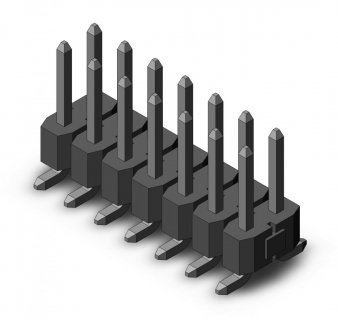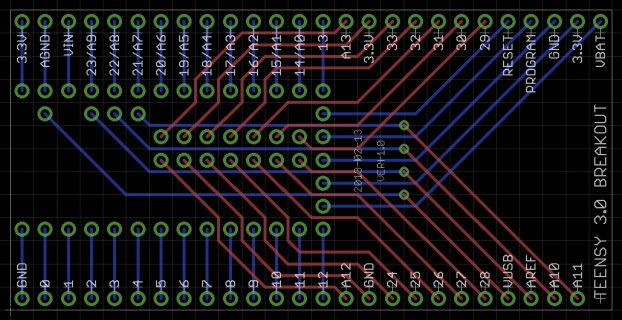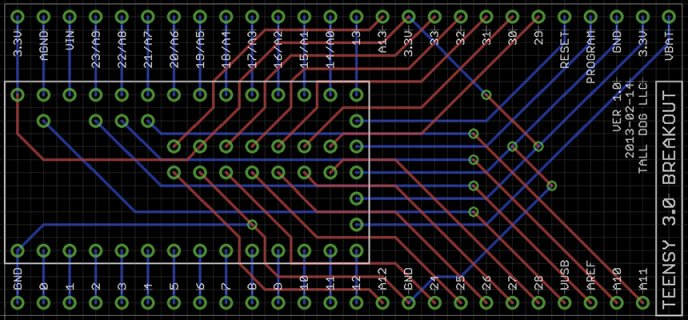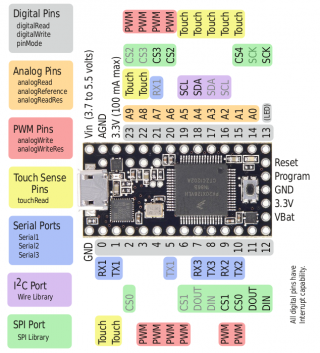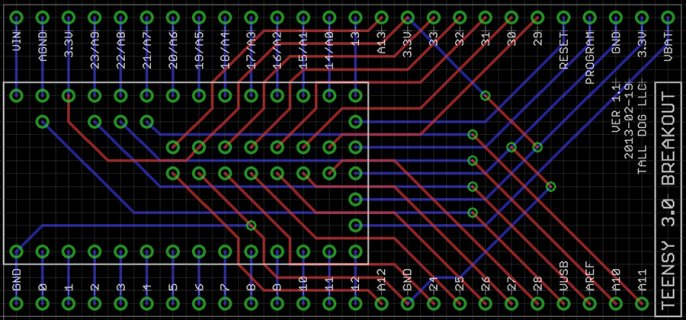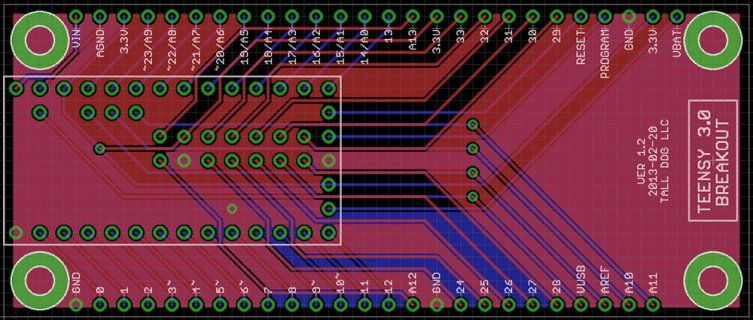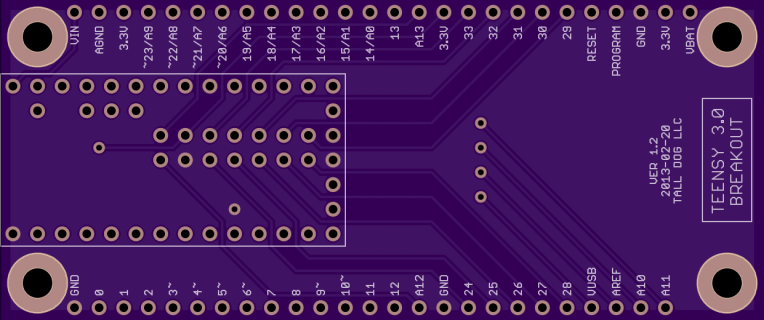I've recently migrated to the Arduino world from programming in C on Atmel micros. I bought the Teensy 3.0 because of its low cost and rapid prototyping abilities, for which it has been wonderful (well done, Paul!). However, I would like to take the project that I have made on it into small scale production - small enough where I wouldn't be pumping out hundreds per week or month, but large enough where fabricating my own PCB would be more economical than batch ordering Teensy's. Essentially I want to take the code that I wrote for the Teensy 3.0 and put it into my own production board, sans the special bootloader and ability for the user to reprogram it, etc.
Here are my questions:
- If I fabricated my own boards with the same chip used on the Teensy 3.0, would I be able to write the hex file I created for my Teensy to the fresh chip via an ISP?
- Is the bootloader on the Teensy 3.0 required for using the hex file generated in the Arduino/Teensyduino environment? (not really familiar with bootloaders)
- Is there a low-cost ISP that I could use to write to the MK20DX128 chip? Would the KwikStik K-40 work?
- Are there any other things that need to be configured on the MK20DX128 to be used with the hex file generated in the Arduino/Teensyduino environment (bits to configure on the chip)?
- Is there anything that I would need to change in the Teensyduino library to achieve this?
Thanks a lot for the help, and thanks a lot, Paul, for your work on the Teensy 3.0!
Here are my questions:
- If I fabricated my own boards with the same chip used on the Teensy 3.0, would I be able to write the hex file I created for my Teensy to the fresh chip via an ISP?
- Is the bootloader on the Teensy 3.0 required for using the hex file generated in the Arduino/Teensyduino environment? (not really familiar with bootloaders)
- Is there a low-cost ISP that I could use to write to the MK20DX128 chip? Would the KwikStik K-40 work?
- Are there any other things that need to be configured on the MK20DX128 to be used with the hex file generated in the Arduino/Teensyduino environment (bits to configure on the chip)?
- Is there anything that I would need to change in the Teensyduino library to achieve this?
Thanks a lot for the help, and thanks a lot, Paul, for your work on the Teensy 3.0!


